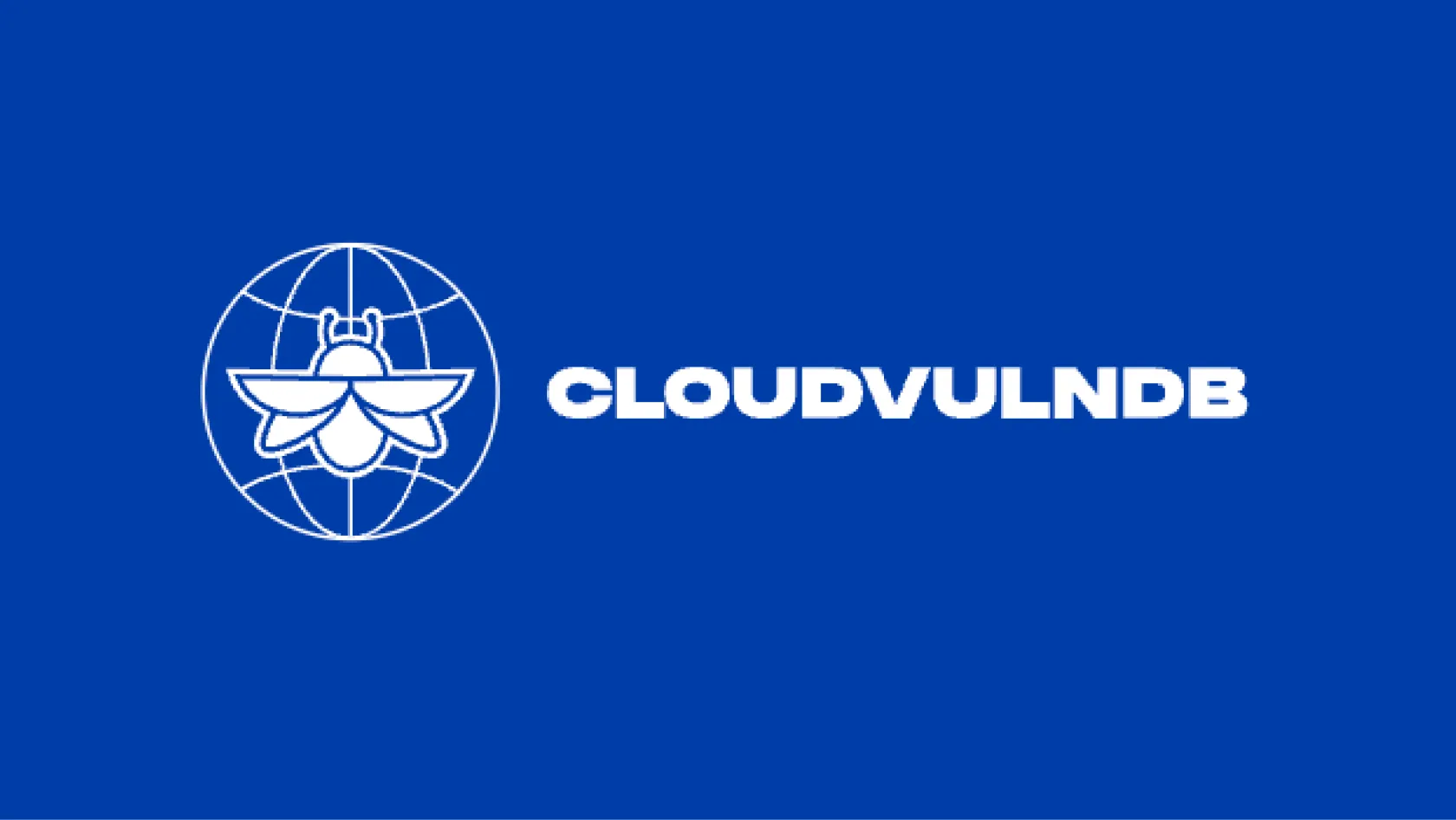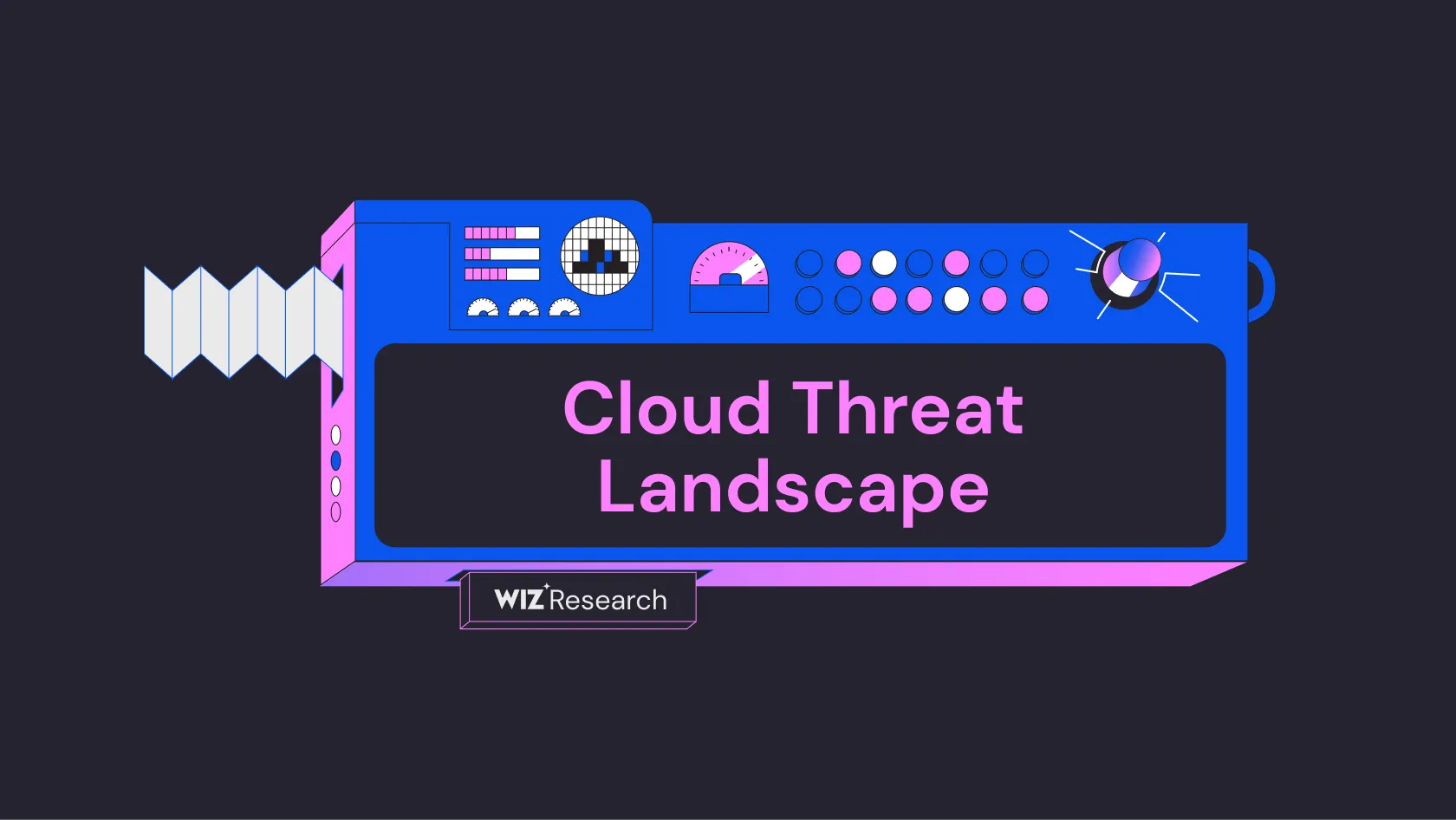
Cloud Vulnerability DB
An open project to list all known cloud vulnerabilities and Cloud Service Provider security issues
CVE-2025-21762 is a use-after-free (UAF) vulnerability discovered in the Linux kernel's ARP implementation. The vulnerability was identified in February 2025 and affects the arp_xmit() function, which can be called without proper RTNL or RCU protection. This vulnerability impacts various Linux kernel versions and distributions (NVD).
The vulnerability exists in the arp_xmit() function within the Linux kernel's ARP implementation. The issue arises because the function can be called without proper Read-Copy-Update (RCU) protection, potentially leading to a use-after-free condition. The CVSS v3.1 base score for this vulnerability is 7.8 (HIGH), with the vector string CVSS:3.1/AV:L/AC:L/PR:L/UI:N/S:U/C:H/I:H/A:H (NVD).
The vulnerability could potentially lead to use-after-free conditions in the kernel's networking stack, which could result in system crashes, information disclosure, or potential privilege escalation. The high CVSS score indicates significant potential impact on system confidentiality, integrity, and availability (NVD).
The vulnerability has been patched in the Linux kernel by adding proper RCU protection to the arpxmit() function. The fix involves adding rcureadlock() and rcureadunlock() calls around the critical section, and using devnetrcu() instead of devnet() (Kernel Git).
Source: This report was generated using AI
Free Vulnerability Assessment
Evaluate your cloud security practices across 9 security domains to benchmark your risk level and identify gaps in your defenses.

An open project to list all known cloud vulnerabilities and Cloud Service Provider security issues

A comprehensive threat intelligence database of cloud security incidents, actors, tools and techniques

A step-by-step framework for modeling and improving SaaS and PaaS tenant isolation
Get a personalized demo
“Best User Experience I have ever seen, provides full visibility to cloud workloads.”
“Wiz provides a single pane of glass to see what is going on in our cloud environments.”
“We know that if Wiz identifies something as critical, it actually is.”